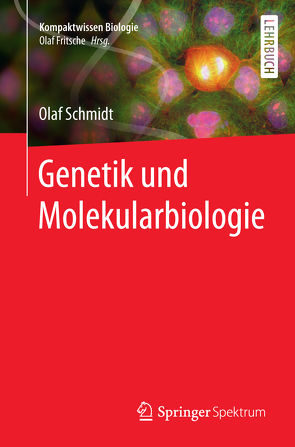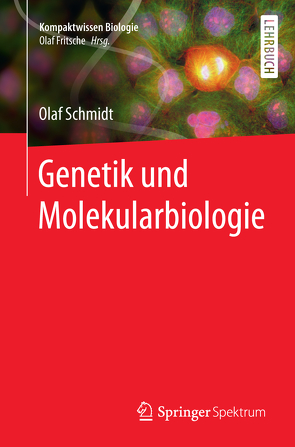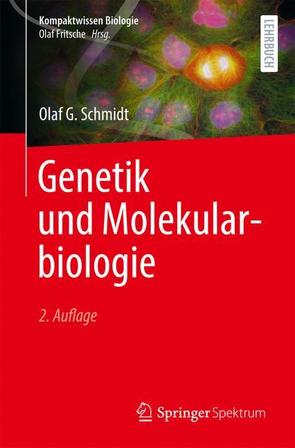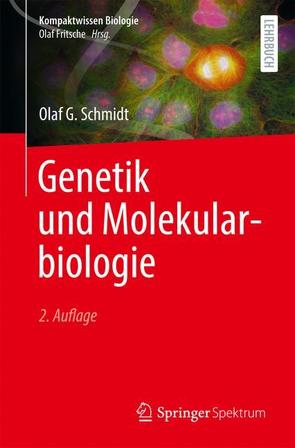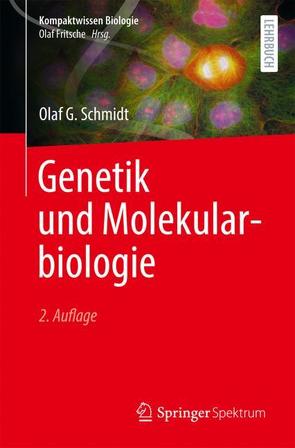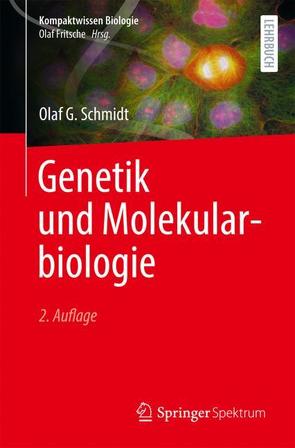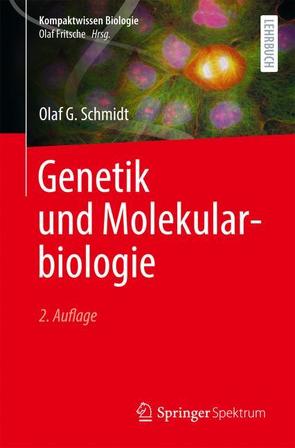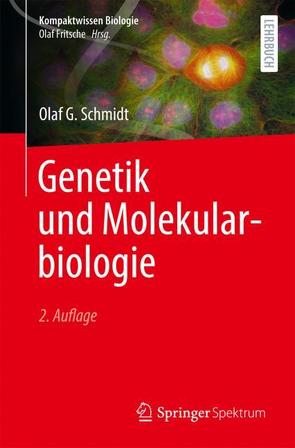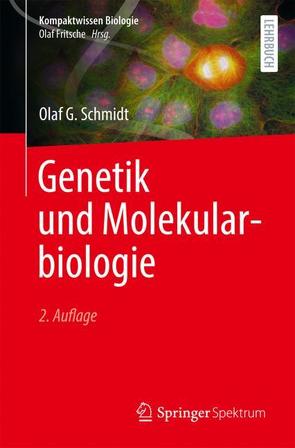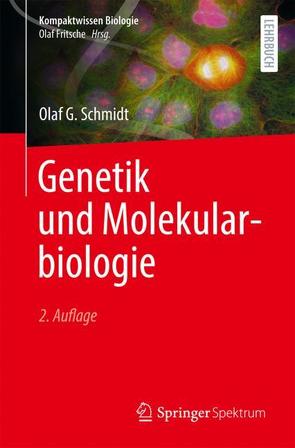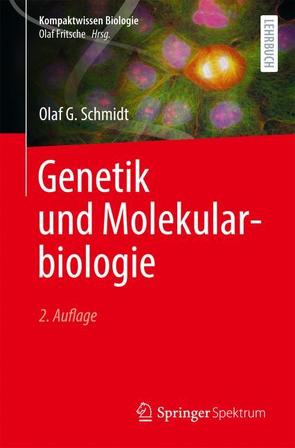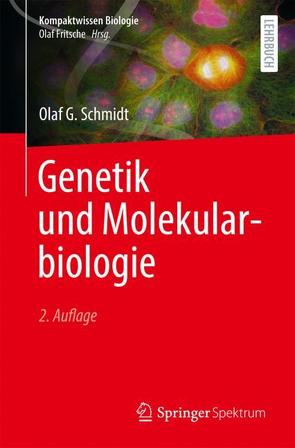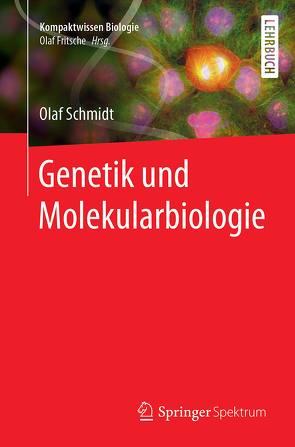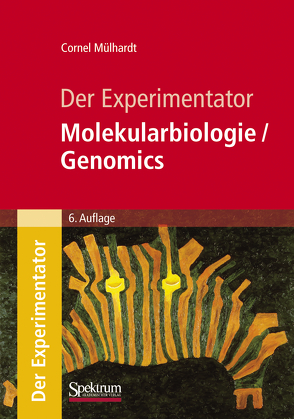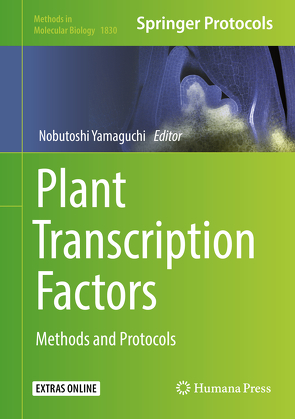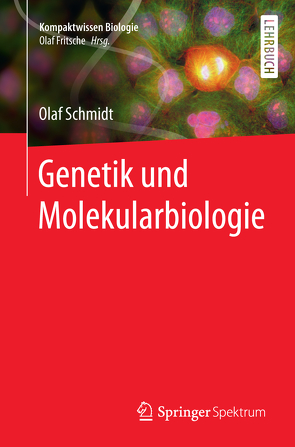Damit eignet sich die Reihe besonders… zur Nachbereitung von Vorlesungen und Seminaren … zur Vorbereitung auf Prüfungen… zum Nachschlagen während des späteren Studiums oder im Berufsleben.
Aktualisiert: 2023-07-02
> findR *
Damit eignet sich die Reihe besonders… zur Nachbereitung von Vorlesungen und Seminaren … zur Vorbereitung auf Prüfungen… zum Nachschlagen während des späteren Studiums oder im Berufsleben.
Aktualisiert: 2023-07-02
> findR *
Aktualisiert: 2023-07-02
> findR *
Aktualisiert: 2023-07-02
> findR *
Aktualisiert: 2023-05-25
> findR *
Aktualisiert: 2023-05-25
> findR *
Aktualisiert: 2023-05-17
> findR *
Aktualisiert: 2023-05-17
> findR *
Aktualisiert: 2023-05-10
> findR *
Aktualisiert: 2023-05-10
> findR *
Aktualisiert: 2023-05-04
> findR *
Aktualisiert: 2023-05-04
> findR *
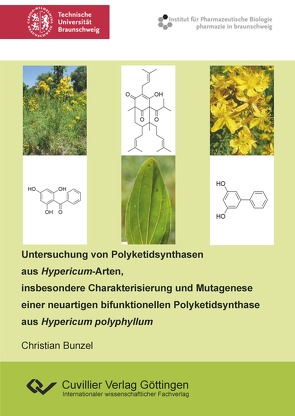
Typ III Polyketidsynthasen bilden eine Vielzahl von strukturell vielfältigen Naturstoffen durch die Verwendung unterschiedlichster Starter- und Extendersubstrate. Zu diesen gehören die Benzophenon- und Biphenylsynthasen. Benzophenonsynthasen bilden mithilfe der C6 → C1 Claisen-Kondensation 2,4,6 Trihydroxybenzophenon. Dies ist die Vorstufe der Xanthone, wovon einige gegen Morbus Alzheimer wirken. Biphenylsynthasen bilden mithilfe der C2 → C7 Aldol-Kondensation 3,5 Dihydroxybiphenyl. Biphenyle und die verwandten Dibenzofurane sind die Phytoalexine des Rosaceae-Untertribus Malinae.
In dieser Arbeit ist es gelungen, eine neuartige bifunktionelle Polyketidsynthase aus Hypericum polyphyllum zu isolieren und zu charakterisieren. Diese katalysiert sowohl die Claisen- als auch die Aldol-Kondensation in einem Reaktionsansatz. Sie ist die erste bekannte Polyketidsynthase, die 2,4,6-Trihydroxybenzophenon und 3,5 Dihydroxybiphenyl in äquimolaren Mengen bilden kann. Es konnte gezeigt werden, dass die Inkubationstemperatur einen entscheidenden Einfluss auf die Produktbildung hat. Durch Doppelmutanten ist es gelungen, die Fähigkeit der 3,5 Dihydroxybiphenyl-Bildung zu eliminieren ohne die Bildung von 2,4,6 Trihydroxybenophenon zu dezimieren.
Aktualisiert: 2023-01-01
> findR *
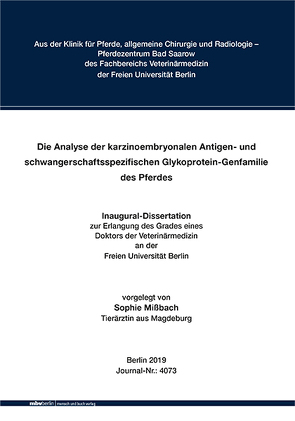
"The analysis of the carcinoembryonic antigen and pregnancy specific glycoprotein gene family of the horse"
A well-regulated immune reaction is built upon the coordination of the single cells from the innate and the acquired immune system. Next to secreted molecules like cytokines and chemokines such a reaction is mainly mediated by surface molecules belonging to different receptor families found within the leucocyte receptor complex. Beside the well-known and analyzed families like the KIR- or the LIR-family, the CEA gene family belongs to them. This family is embedded within the extended region of the leucocyte receptor complex and is characterized for different mammalian species in a more or less large amount. In the genome of the horse clues for the existence of members belonging to the CEA gene family could be found and their availability was later experimentally proven. While the extension of this family is well examined in other species, like the human and in rodent species, for example mouse and rat, for horses such things are relatively unknown. Based on genome analyzations, partly confirmed during a bachelor thesis (Aleksic, 2010), it could be assumed that in the horse the expression of this family contain quite a few members, among which also secreted members are. Such secreted members are also known from other species developing a haemochorial placenta, in most cases the location where they are expressed, and are referred to as PSGs. In distinction to them the horse is building an epitheliochorial placentation in which the fetomaternal contact is marginally, except for the region of the endometrial cups, where a situation quite similar to this of the haemochorial placenta could be found. This specific members were already well characterized by the group of Robert Kammerer (Aleksic et al, 2016). There was a special eyemark on the membrane-anchored members of this family during the here presented research.
Another characteristic of this CEA gene family is the expression of signaling motives by an ITIM or ITAM localized in their cytoplasmatic tail. Hints for the development of such kind of motives are also apparent in the equine CEA gene family. The expression for two of the ITIM-receptor bearing members of the horse, CEACAM1 and CEACAM43 is already proven whereas the detected splice variations are yet known from the mouse. The remaining members meant to bear an ITIM or ITAM in their cytoplasmatic part, seemed to have lost this signaling motives. After sequence analyzing of this members in neither of this expressed versions of the CEACAMs a signaling motive could be detected.
Therefor some extraordinary motives like a special repetitive sequence could be characterized as an extracellular part of the CEACAM54, still present in the sequence of the finally expressed gene. Expression studies over a generation of a fusion protein de facto expression of this gene could be confirmed.
The only ITAM bearing member of the CEA genes in the horse, the CEACAM41, lost this motive based on the results here. In all of the here detected splice variations the loss of the transmembrane domain suggest a secreted molecule. In other characterized species, like the dog, where ITAM-bearing CEACAMs can be detected, this signaling motives are preserved and in difference to the horse rather duplicated.
Diverse from other species the expression pattern from the secreted PSG-like CEACAMs of the horse is not limited to the placental tissue but instead an increased expression upon the immunological cells and especially on the t-lymphocyte subpopulation was detected. The immunological importance of this secreted equine CEACAMs is underlined by the fact, that some members, like the CEACAM55, which is exclusively expressed upon CD4-positive T-cell, are only expressed on a particular subpopulation of the lymphocytes. Within the subpopulation of the t-cells helper cells can be located, which mediate a well-regulated immune reaction.
Outlook
Lymphocytes and especially some of their subsets like the CD4-positive T-helper cells are mediating a regulated immune response. The here identified population of secreted PSG in the horse like CEACAMs in this part of the activated lymphocytes could play a pivotal role in this regulation mechanism. Because in contrast to the cytokines and chemokines they are much more stable and can facilitate immunological communication between cells over a long distance in the body.
Upon this thought the here presented work is the basis for further research on this field. In other species hemophilic and heterophilic interactions between members of the CEA gene family were shown. Such an interaction as well as correlations and interactions of the different members of the CEACAMs have not been proven for horses so far and need to be done.
Aktualisiert: 2022-12-31
> findR *
Damit eignet sich die Reihe besonders… zur Nachbereitung von Vorlesungen und Seminaren … zur Vorbereitung auf Prüfungen… zum Nachschlagen während des späteren Studiums oder im Berufsleben.
Aktualisiert: 2023-04-11
> findR *
Aktualisiert: 2023-03-14
> findR *
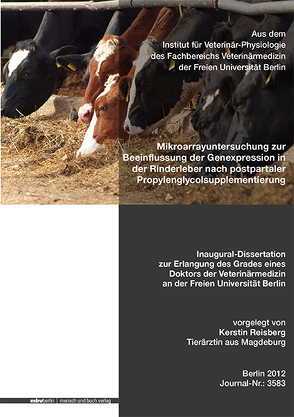
Microarray studies on the influence of postpartum propylene glycol supplementation on gene expression in the liver of cows
The aim of this study was to investigate the influence of an oral propylene glycol (PG) administration on gene expression of major metabolic pathways in the liver of dairy cows. PG has been used over decades in the prevention and therapy of bovine ketosis although its mode of action is still not understood completely. When investigating the mode of action of PG, earlier studies preferred to measure only the changes in blood concentrations of glucose, ketone bodies and other metabolites and therefore retrieved only indirect results on liver metabolism. In the present study, an Affymetrix microarray was used to investigate genome-wide gene expression in bovine liver.
Fresh lactating Holstein dairy cows were randomly assigned to three treatment groups. Control group (CON), PGF1 group (300 g/day PG as total mixed ration [TMR]) or PGD (300 g/day PG as TMR and additionally 512 g PG (500 ml PG mixed into 10 l water) as Drench at d 10 post partum [pp.]). Cows received PG supplementation from day 1 until day 40 pp. They had ad libitum access to TMR and water. In the first part of the study, liver biopsies were collected from cows in CON1, PGF1 and PGD on day 10 pp. (10 cows per group; 2 hours after drenching). In the second part of this study blood samples were taken from 15 cows of a CON2 and PGF2 group on day 1, 4, 10, 20, 40, and 70 pp. for analysis of sterol concentration in the serum.
Liver tissue mRNA was extracted and reverse transcribed using the Affymetrix protocol. cRNA probes were labeled, fragmented and hybridized to the bovine oligonucleotide microarray (Affymetrix). The raw data was processed and analyzed using Bioconductor and the statistical software R. The statistical analysis of predefined sets of genes showed an upregulation of genes encoding for enzymes of the cholesterol biosynthesis pathway on day 10 pp. The results from qRT-PCR experiments on the same samples verified a simultaneous up-regulation of two genes encoding for two key enzymes of the cholesterol biosynthesis (hydroxymethylglutaryl-CoA reductase and squalene monooxygenase). To prove that upregulation of genes belonging to the cholesterol synthesis pathway is functionally relevant, the concentration of cholesterol, as well as the concentrations of its precursors lanosterol and desmosterol, were measured in blood. For all three sterols, concentrations were significantly elevated after PG feeding on day 20 post partum. Stimulation of endogenous de novo synthesis can be assumed as the origin of the measured increase in serum cholesterol because the TMR was demonstrably free of cholesterol. Elevated levels of lanosterol and desmosterol also point towards an increased endogenous synthesis due to PG feeding.
Cholesterol biosynthesis has never received focused attention in cattle in connection with propylene glycol feeding. Transcriptional regulation of cholesterol synthesis is in the liver of ruminants is a completely new observation and should be kept in mind when using PG as feed additive in early lactation.
In humans, cholesterol synthesis is, among others, regulated by phytosterol concentration. The influence of phytosterols on cholesterol synthesis in the liver of cattle has not been investigated in detail until today. Phytosterols are common components of plants, and food of cattle contains phytosterols in high concentrations. In this study, for the first time, serum concentration of the phytosterols brassicasterol, campesterol, sitosterol and stigmasterol were measured in cattle (CON2 and PGF2). Despite the equal concentration of phytosterols in both rations, the serum concentrations of phytosterols were elevated on day 10 and 20 pp. after PG administration. This could suggest that PG not only promotes the cholesterol synthesis in liver tissue of cattle, but may also have an additional influence on sterol transport in the gut.
As a conclusion, the fact that cholesterol synthesis in the liver of cattle is regulated by PG could provide an explanation for the better suitability of PG in treatment and prevention of bovine ketosis compared to other glucogenic substances. Cholesterol synthesis is on the one hand a ketone body utilizing pathway and on the other hand generates cholesterol for lipoprotein and milk fat synthesis. This study shows for the first time, that PG feeding upregulates cholesterol synthesis in the liver in a transcriptional way, the underlying mechanism of this regulation requires further investigation.
Aktualisiert: 2019-12-31
> findR *
This detailed book provides general protocols and technologies that plant biologists worldwide often utilize for the purpose of accelerating research progress in the field of plant transcription factors. Beginning with a brief introduction, the volume continues by exploring methods in the preparation of plant materials, detection of expression levels, interaction tests, and chromatin analyses. Written for the highly successful series, chapters include introductions to their respective topics, lists of the necessary materials and reagents, step-by-step, readily reproducible laboratory protocols, and tips on troubleshooting and avoiding known pitfalls. Authoritative and practical, aims to answer a wide range of questions related to transcription factors commonly raised by plant biologists.
Aktualisiert: 2018-07-26
> findR *
Damit eignet sich die Reihe besonders… zur Nachbereitung von Vorlesungen und Seminaren … zur Vorbereitung auf Prüfungen… zum Nachschlagen während des späteren Studiums oder im Berufsleben.
Aktualisiert: 2023-04-15
> findR *
MEHR ANZEIGEN
Bücher zum Thema gene-expression
Sie suchen ein Buch über gene-expression? Bei Buch findr finden Sie eine große Auswahl Bücher zum
Thema gene-expression. Entdecken Sie neue Bücher oder Klassiker für Sie selbst oder zum Verschenken. Buch findr
hat zahlreiche Bücher zum Thema gene-expression im Sortiment. Nehmen Sie sich Zeit zum Stöbern und finden Sie das
passende Buch für Ihr Lesevergnügen. Stöbern Sie durch unser Angebot und finden Sie aus unserer großen Auswahl das
Buch, das Ihnen zusagt. Bei Buch findr finden Sie Romane, Ratgeber, wissenschaftliche und populärwissenschaftliche
Bücher uvm. Bestellen Sie Ihr Buch zum Thema gene-expression einfach online und lassen Sie es sich bequem nach
Hause schicken. Wir wünschen Ihnen schöne und entspannte Lesemomente mit Ihrem Buch.
gene-expression - Große Auswahl Bücher bei Buch findr
Bei uns finden Sie Bücher beliebter Autoren, Neuerscheinungen, Bestseller genauso wie alte Schätze. Bücher zum
Thema gene-expression, die Ihre Fantasie anregen und Bücher, die Sie weiterbilden und Ihnen wissenschaftliche
Fakten vermitteln. Ganz nach Ihrem Geschmack ist das passende Buch für Sie dabei. Finden Sie eine große Auswahl
Bücher verschiedenster Genres, Verlage, Autoren bei Buchfindr:
Sie haben viele Möglichkeiten bei Buch findr die passenden Bücher für Ihr Lesevergnügen zu entdecken. Nutzen Sie
unsere Suchfunktionen, um zu stöbern und für Sie interessante Bücher in den unterschiedlichen Genres und Kategorien
zu finden. Unter gene-expression und weitere Themen und Kategorien finden Sie schnell und einfach eine Auflistung
thematisch passender Bücher. Probieren Sie es aus, legen Sie jetzt los! Ihrem Lesevergnügen steht nichts im Wege.
Nutzen Sie die Vorteile Ihre Bücher online zu kaufen und bekommen Sie die bestellten Bücher schnell und bequem
zugestellt. Nehmen Sie sich die Zeit, online die Bücher Ihrer Wahl anzulesen, Buchempfehlungen und Rezensionen zu
studieren, Informationen zu Autoren zu lesen. Viel Spaß beim Lesen wünscht Ihnen das Team von Buchfindr.
